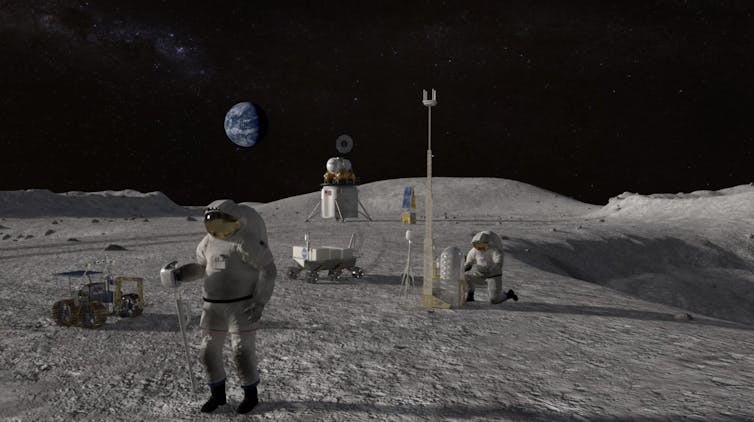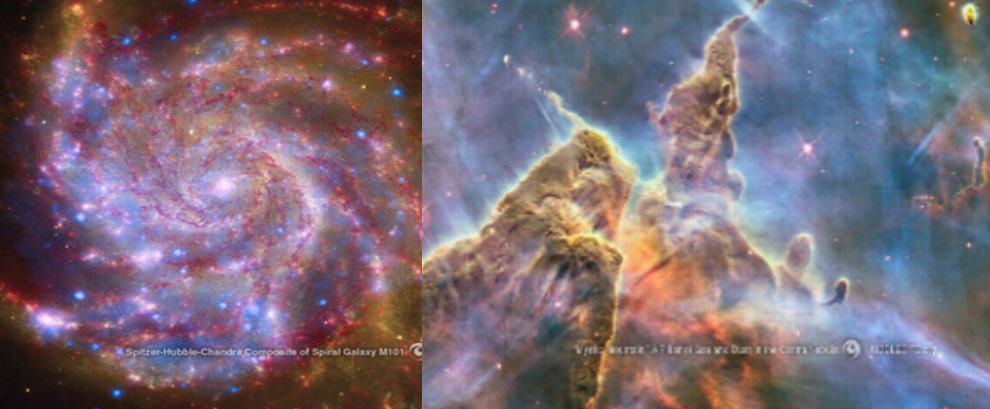
Almost 55 years after the launch of Apollo 11—the first mission to land humans on the moon—scientists have found evidence of a large cave system near the landing site of those astronauts.
Using radar images taken by Nasa’s Lunar Reconnaissance Orbiter spacecraft in 2010, researchers have been able to determine that huge pits, found in images of the moon, may in fact be “skylights” to large caves and tunnels that sit beneath the lunar surface.
These could be incredibly valuable to future astronauts hoping to settle on the moon, acting as a convenient shelter for a lunar base.
The cave is accessible through a pit in the well-studied Mare Tranquillitatis (Sea of Tranquility)...
Read More














Recent Comments